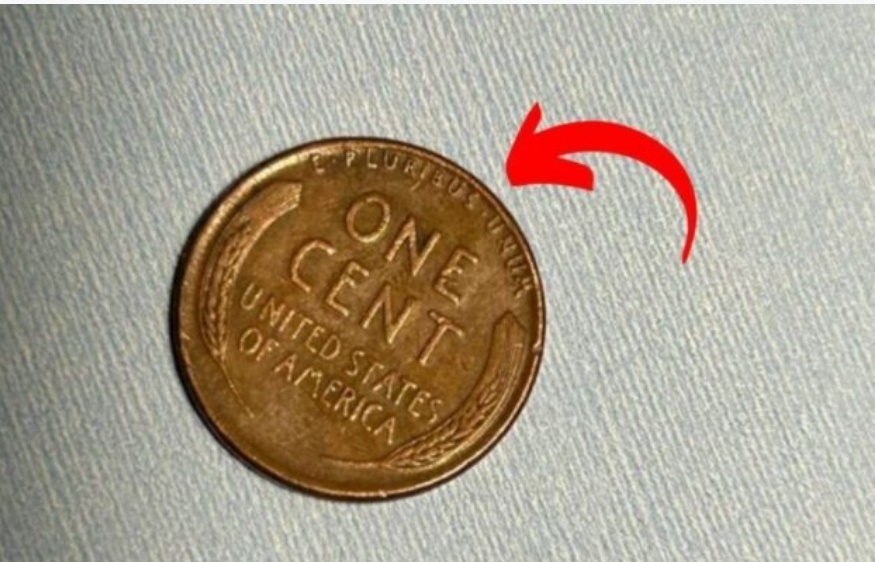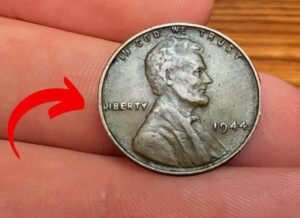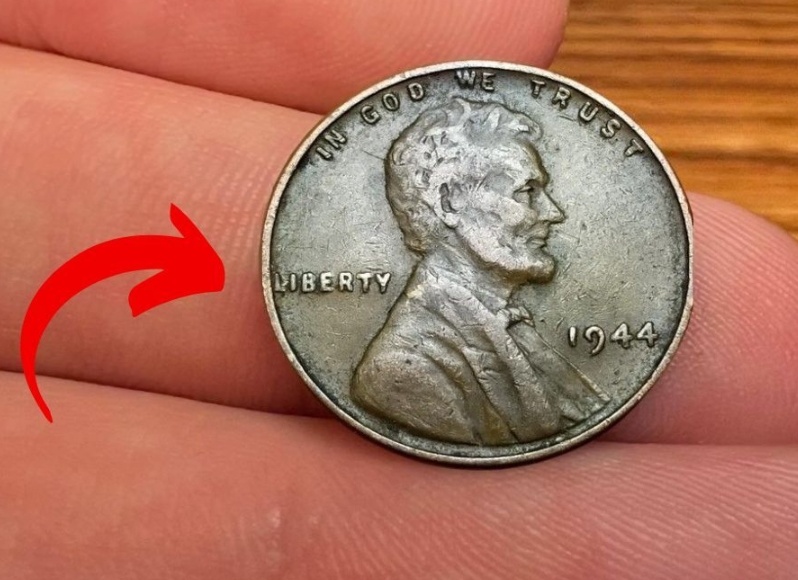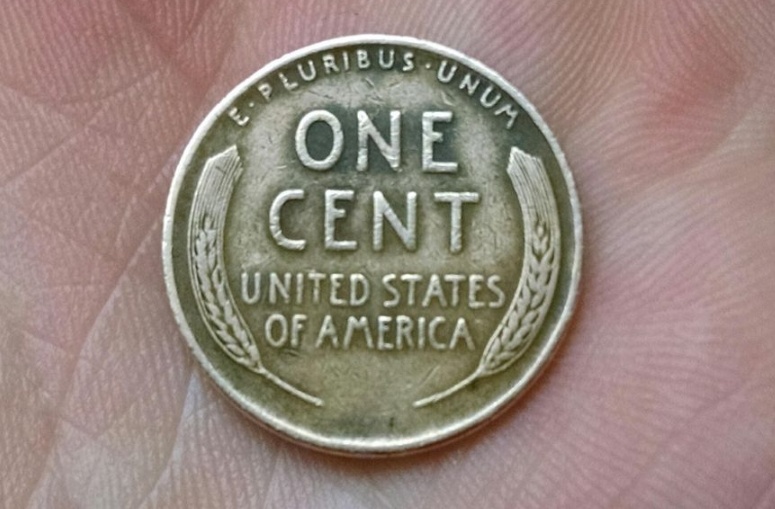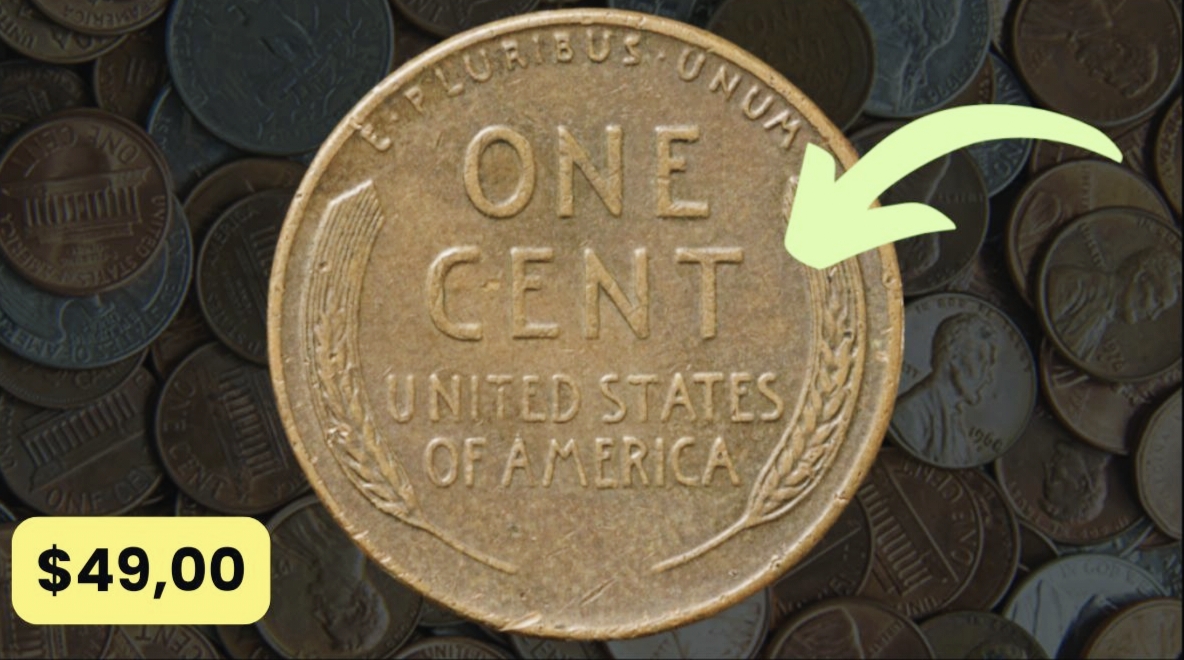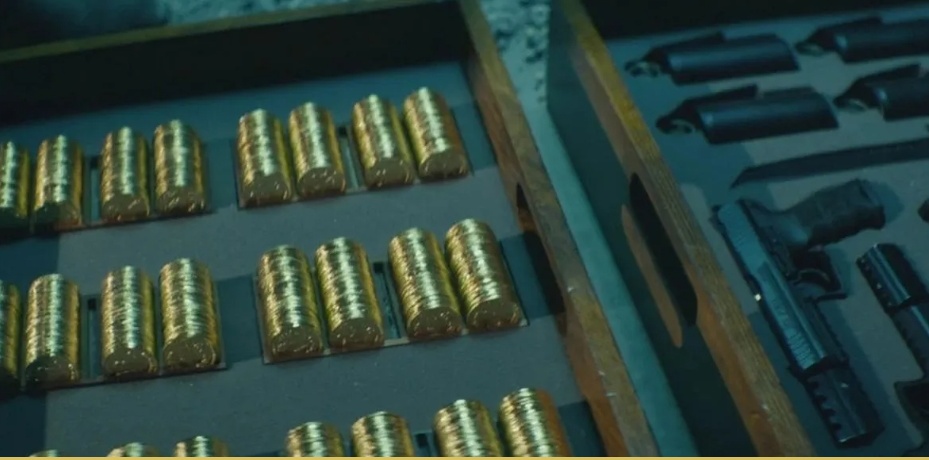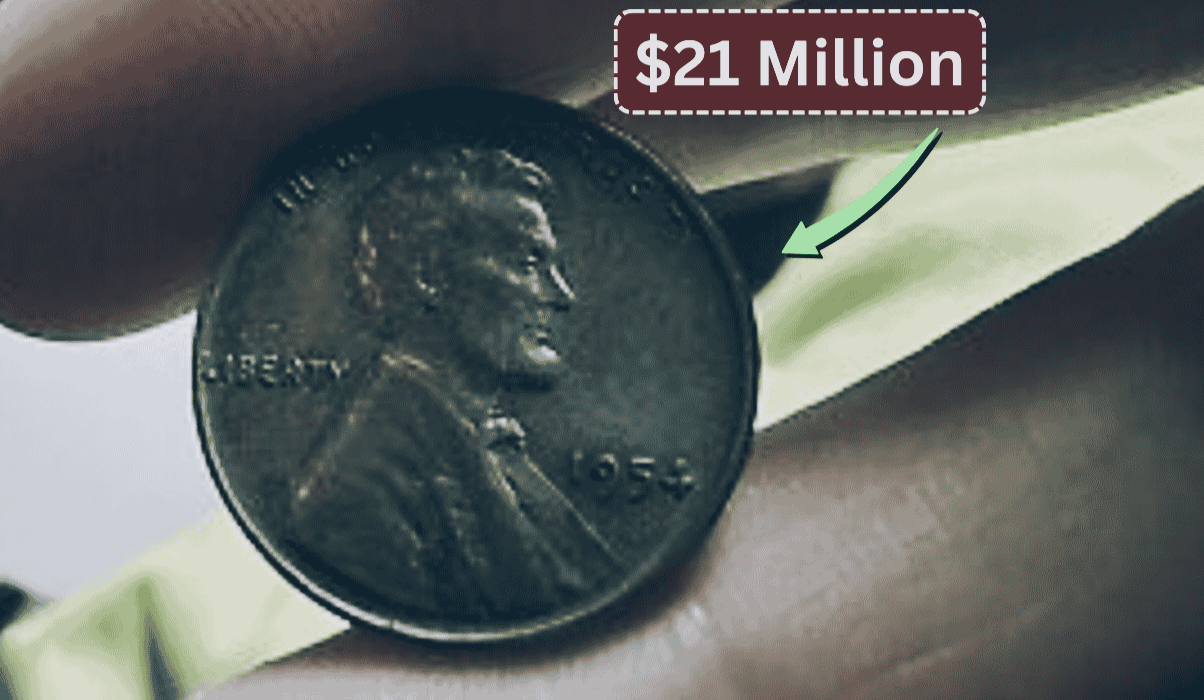Imagine reaching into your pocket for spare change and pulling out a penny worth more than your car—or even your house! The Lincoln Wheat Penny, a humble one-cent coin, has captured the imaginations of collectors and everyday folks alike, with some rare versions fetching jaw-dropping sums. One such coin, the 1943-D Lincoln Bronze Wheat Penny, has been valued at up to $144,000 in recent years, with pristine examples even soaring to $2.3 million. But here’s the kicker: some of these pennies might still be hiding in circulation, waiting to be discovered in your change jar. Let’s dive into the fascinating world of this iconic coin, explore why it’s so valuable, and uncover whether you could stumble across one in your daily transactions.
What Makes the Lincoln Wheat Penny So Special?
The Lincoln Wheat Penny, minted from 1909 to 1958, is a beloved piece of American history. Designed to honor Abraham Lincoln’s 100th birthday, it features his portrait on the obverse (heads) and two wheat stalks on the reverse (tails), giving it the nickname “Wheat Penny.” While most of these coins are worth just a cent, certain rare varieties—due to minting errors or limited production—can command astronomical prices.
The 1943-D Lincoln Bronze Wheat Penny is the star of the show. During World War II, copper was in high demand for the war effort, so the U.S. Mint switched to zinc-coated steel for pennies in 1943. However, a tiny number of bronze pennies were accidentally struck and released into circulation. This mistake created one of the rarest and most valuable coins in American numismatics.
A Real-Life Treasure Hunt
Take Don Lutes Jr., for example. In 1947, this 16-year-old from Pittsfield, Massachusetts, received a 1943 bronze penny in change at his high school cafeteria. Thinking it was odd, he held onto it. Decades later, after his passing in 2018, the coin was auctioned by Heritage Auctions for $204,000 in January 2019. Stories like this fuel the dreams of collectors and everyday people alike, wondering if their pocket change could be a hidden gem.
Why Is the 1943-D Bronze Penny Worth $144K?
The value of the 1943-D Bronze Wheat Penny comes down to rarity, condition, and historical significance. Here’s a breakdown:
- Rarity: Only one 1943-D bronze penny is known to exist, struck at the Denver Mint. Experts estimate that fewer than 20 bronze pennies from all mints (Philadelphia, Denver, and San Francisco) survived from 1943, making them incredibly scarce.
- Condition: Coins in mint or near-mint condition fetch the highest prices. A 1943-D penny in uncirculated condition was valued at $2.3 million in 2010, while circulated examples, like the one sold for $144,000, are still highly sought after.
- Historical Context: The wartime switch to steel pennies makes these bronze errors a snapshot of a unique moment in history, adding to their allure.
David Stone, a coin cataloger for Heritage Auctions, described the 1943 bronze penny as “the most famous error coin in American numismatics.” Its scarcity and story make it a holy grail for collectors.
How Much Are Other Wheat Pennies Worth?
Not all Wheat Pennies are worth six figures, but several varieties can still fetch impressive sums. Here’s a quick look at some valuable ones:
| Year/Mint | Error/Variety | Estimated Value |
|---|---|---|
| 1943-D | Bronze Penny | $144,000–$2.3M |
| 1944-S | Steel Penny | Up to $1.1M |
| 1969-S | Doubled Die | Up to $100,000 |
| 1955 | Doubled Die | Up to $1,500 |
| 1999 | Wide AM | Up to $500 |
Note: Values depend on condition and market demand. Always consult a professional coin dealer for an accurate appraisal.
Could a $144K Penny Still Be in Circulation?
The million-dollar question: Are these valuable pennies still out there? The answer is a cautious yes. While the odds are slim—think lottery-level slim—experts believe a few 1943 bronze pennies may still be circulating, unnoticed in change jars, piggy banks, or even vending machines.
James Bucki, a coin expert at The Spruce Crafts, notes that these coins “went unnoticed and got released into circulation” due to the minting error. Since they look similar to regular pennies at a glance, it’s possible some are still floating around. For instance, Don Lutes found his in 1947, years after it was minted, proving these coins can hide in plain sight for decades.
Tips for Spotting a 1943 Bronze Penny
Want to check your change for a potential fortune? Here’s how to identify a 1943-D bronze penny:
- Check the Date and Mint Mark: Look for “1943” and a “D” mint mark (indicating Denver) on the obverse. No “D”? It could still be a valuable Philadelphia or San Francisco mint error.
- Test with a Magnet: Steel pennies from 1943 stick to magnets; bronze ones don’t. If your 1943 penny isn’t magnetic, it could be a bronze error.
- Inspect the Color: Bronze pennies have a coppery hue, unlike the silvery steel pennies of 1943.
- Weigh It: Bronze pennies weigh about 3.11 grams, while steel ones are lighter at 2.7 grams.
- Get It Appraised: If you suspect you’ve found one, take it to a reputable coin dealer or grading service like PCGS or NGC.
A Word of Caution: Counterfeits Exist
Beware of fakes

